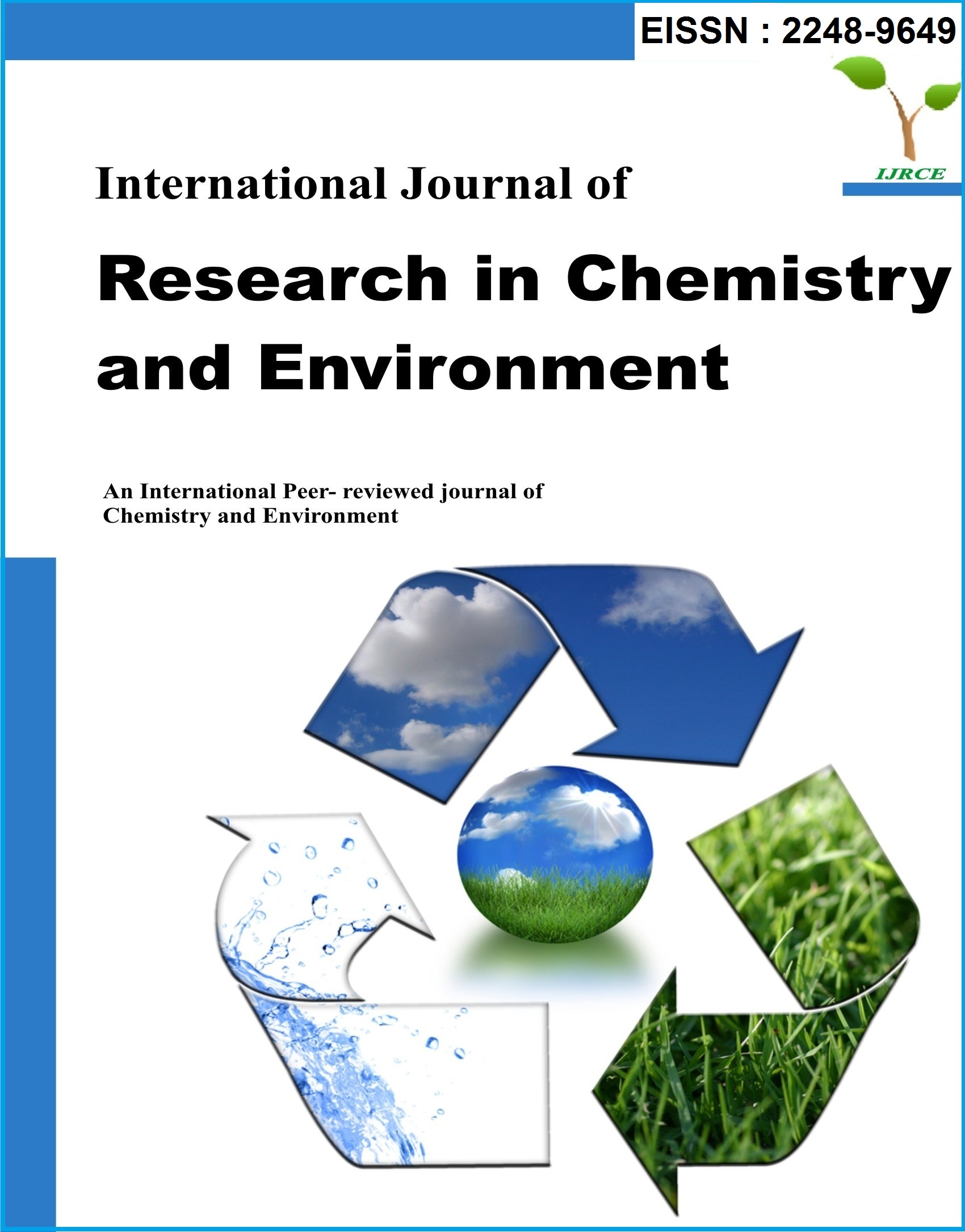Ecotoxicological Assessment of Cadmium and Lead Exposure to Terrestrial Sentinels - Snails (Archachatina marginata)
Keywords:
cadmium, lead, African land snail (Archachatina marginata), terrestrial sentinels, survival, physiological impairment, contaminationAbstract
A major threat to environmental and human health is caused by anthropogenic inputs of heavy metals to soils. In the present study, the deleterious effect on African land snails (Archachatina marginata) exposed to soils spiked with cadmium and lead was evaluated. The research was aimed with the view of assessing the likely environmental impact the metals could have on soil dwelling sentinels when released on soils. The standard protocol of the International Organization for Standardization (ISO) #15952 was adopted for the 14-day exposure to varying concentrations of the test metals (0.3125, 0.625, 1.25, 2.5 and 5.0 mg l-1), resulting in 0.3125, 0.625, 1.25, 2.5 and 5.0 mg kg-1 after been placed in 1.0 kg of natural soils from the habitat of the organisms. The toxicity end point indicator used for the assessment was survival and exposure duration. The organisms exposed to the spiked soils with concentrations of 0.3125, 0.625, 1.25, 2.5 and 5.0 mg kg-1 recorded for cadmium was 80, 67, 43, 40 and 17% mean % survival while lead was 83, 70, 60, 50 and 40% respectively. It was therefore evident that the effects of lethal toxicity of the test metals was concentration-related; the higher the concentration, the greater the effect. Using the arithmetic method of analysis by Spearman Karber, the estimated mean 14-day LC50 concentration calculated for cadmium and lead were 2.052 and 2.734 mg kg-1 respectively. There was significant difference between the exposed species and the control at levels of P <0.05. Similarly, the metals were found to accumulate in the body tissues of the organisms with the concentrations in the dead species higher than the surviving species. The effect was also concentration-dose dependent. The study revealed that the juvenile snails were adversely affected. Thus, contact with cadmium, lead and similar heavy metals with such hazardous effects could harm snails and other terrestrial biota and subsequently humans, who are the end consumer of this edible and viable source of protein.






